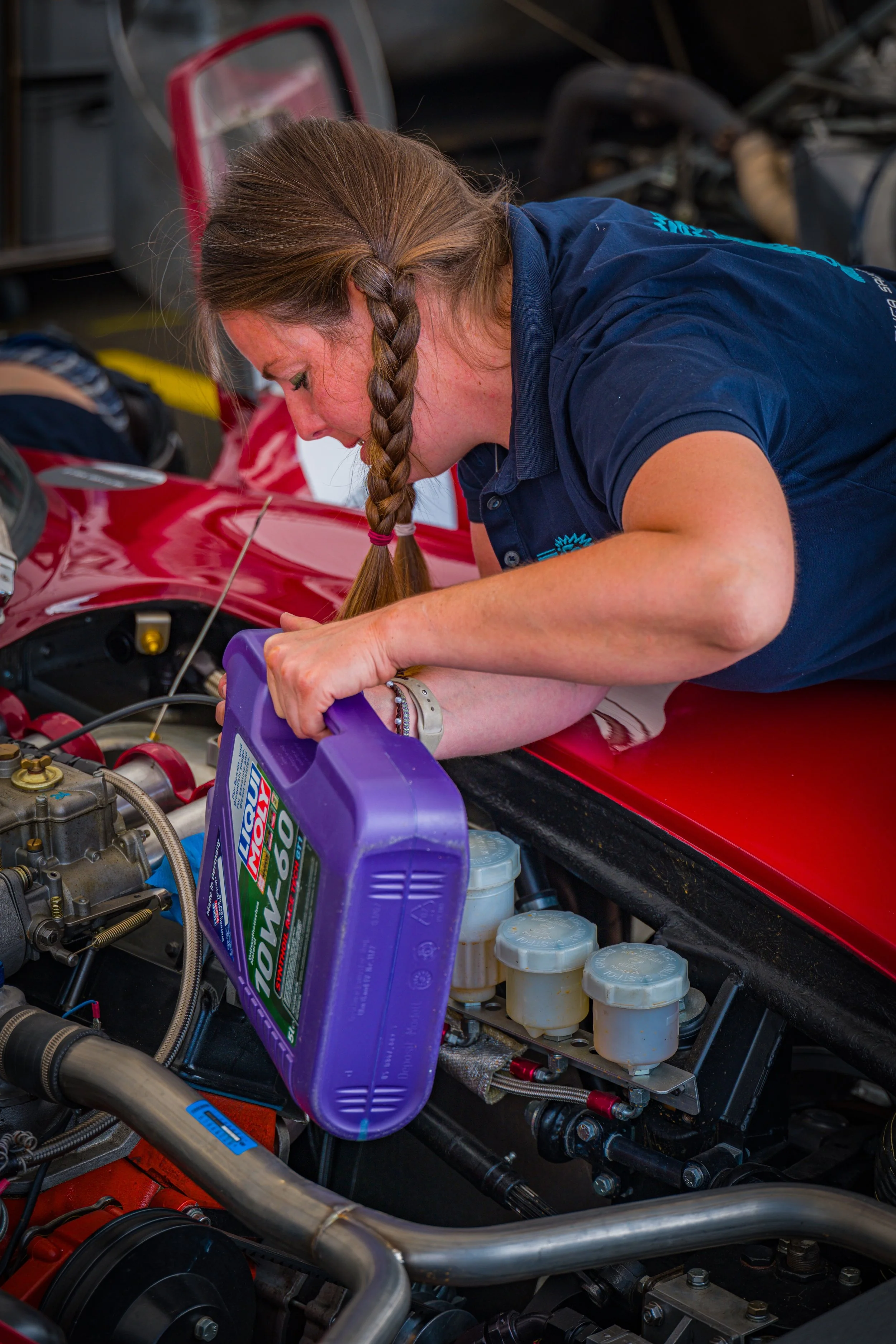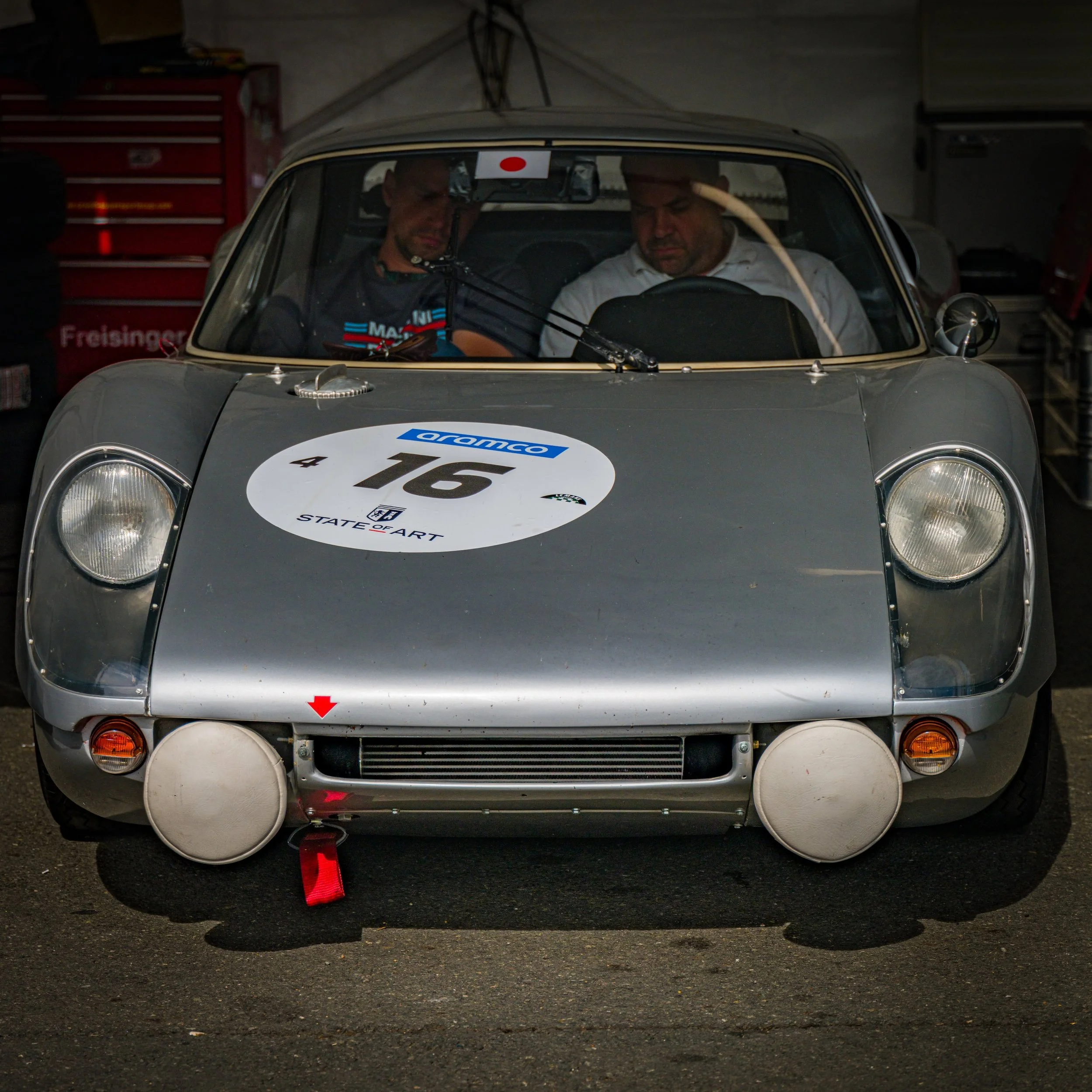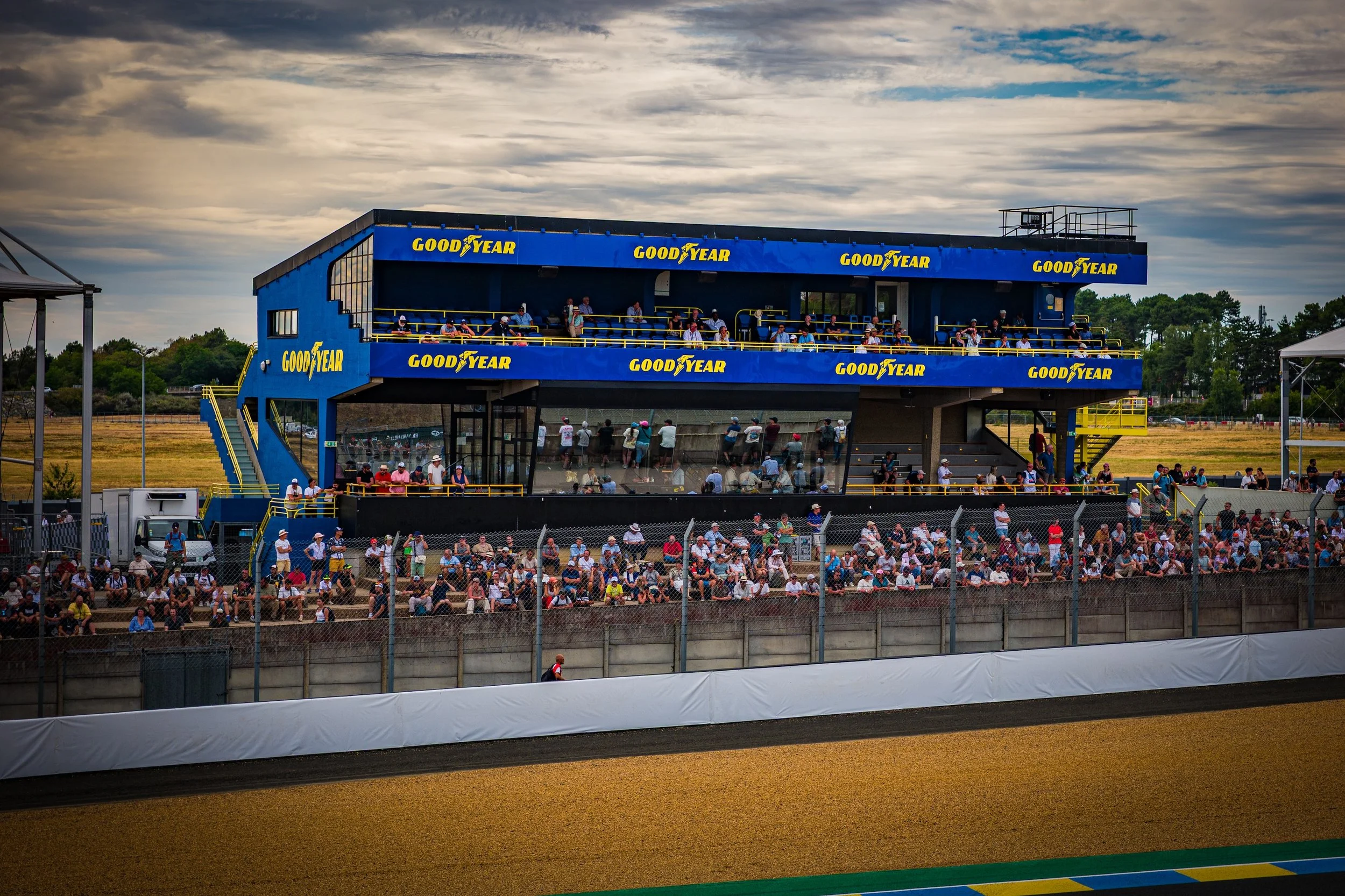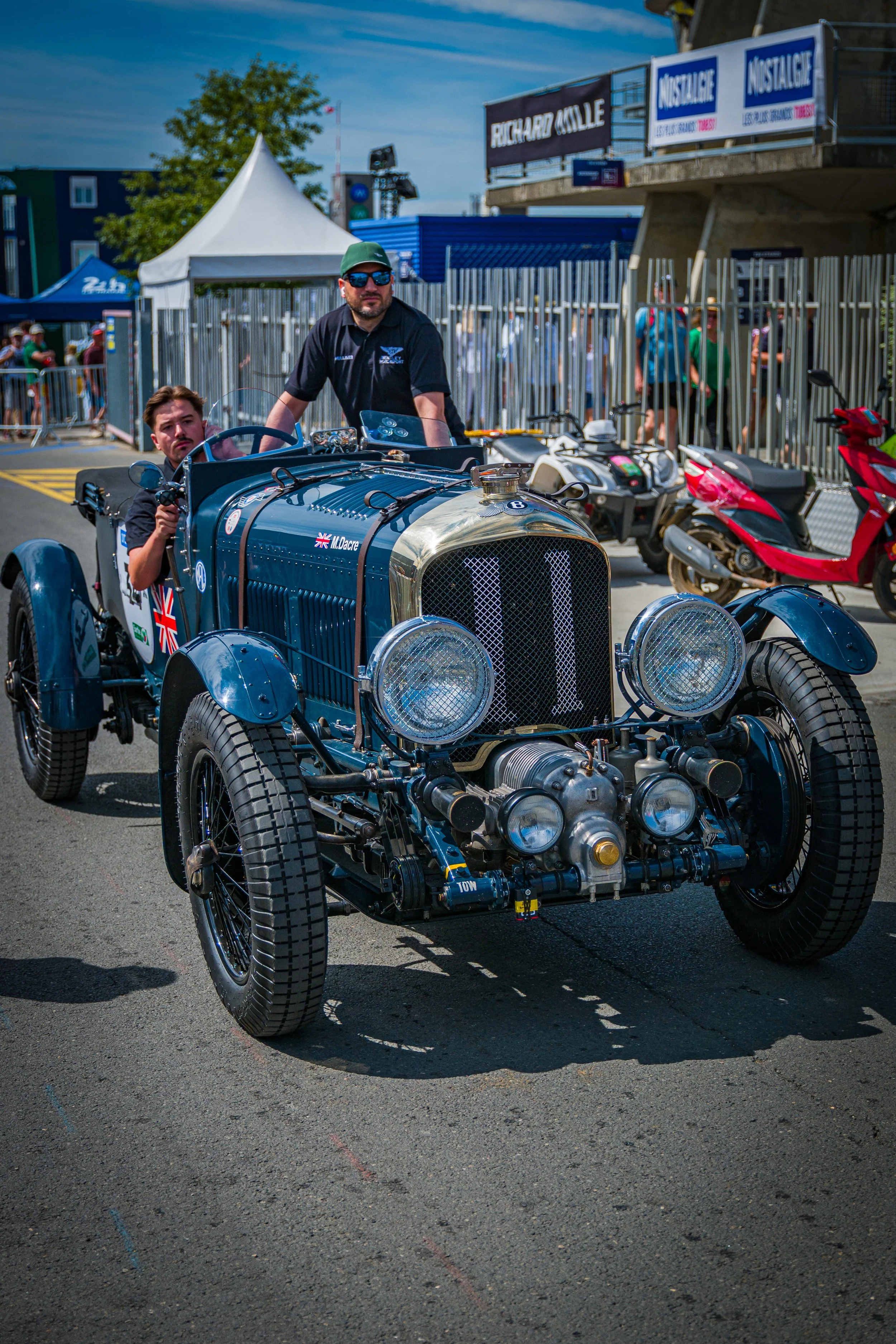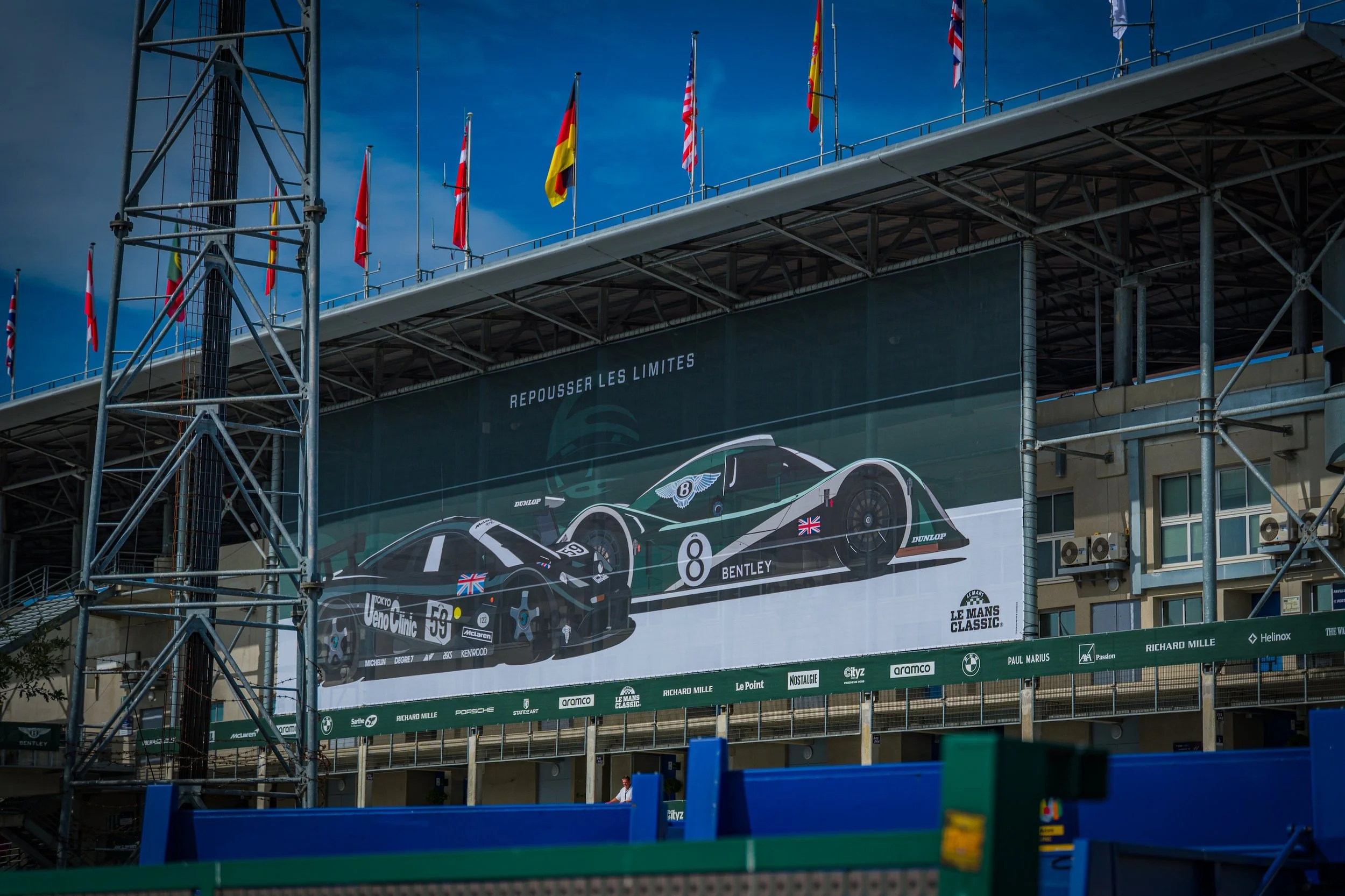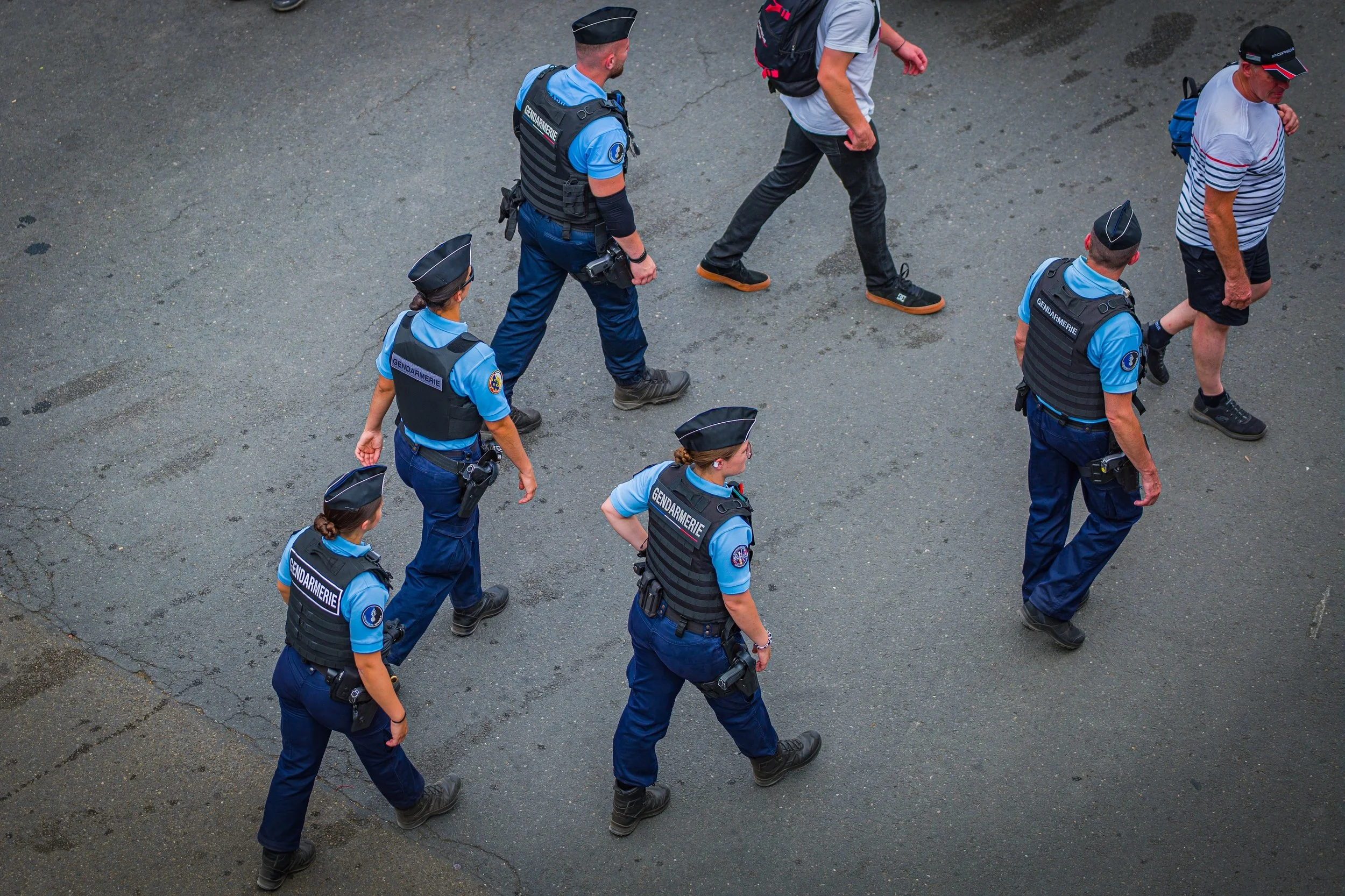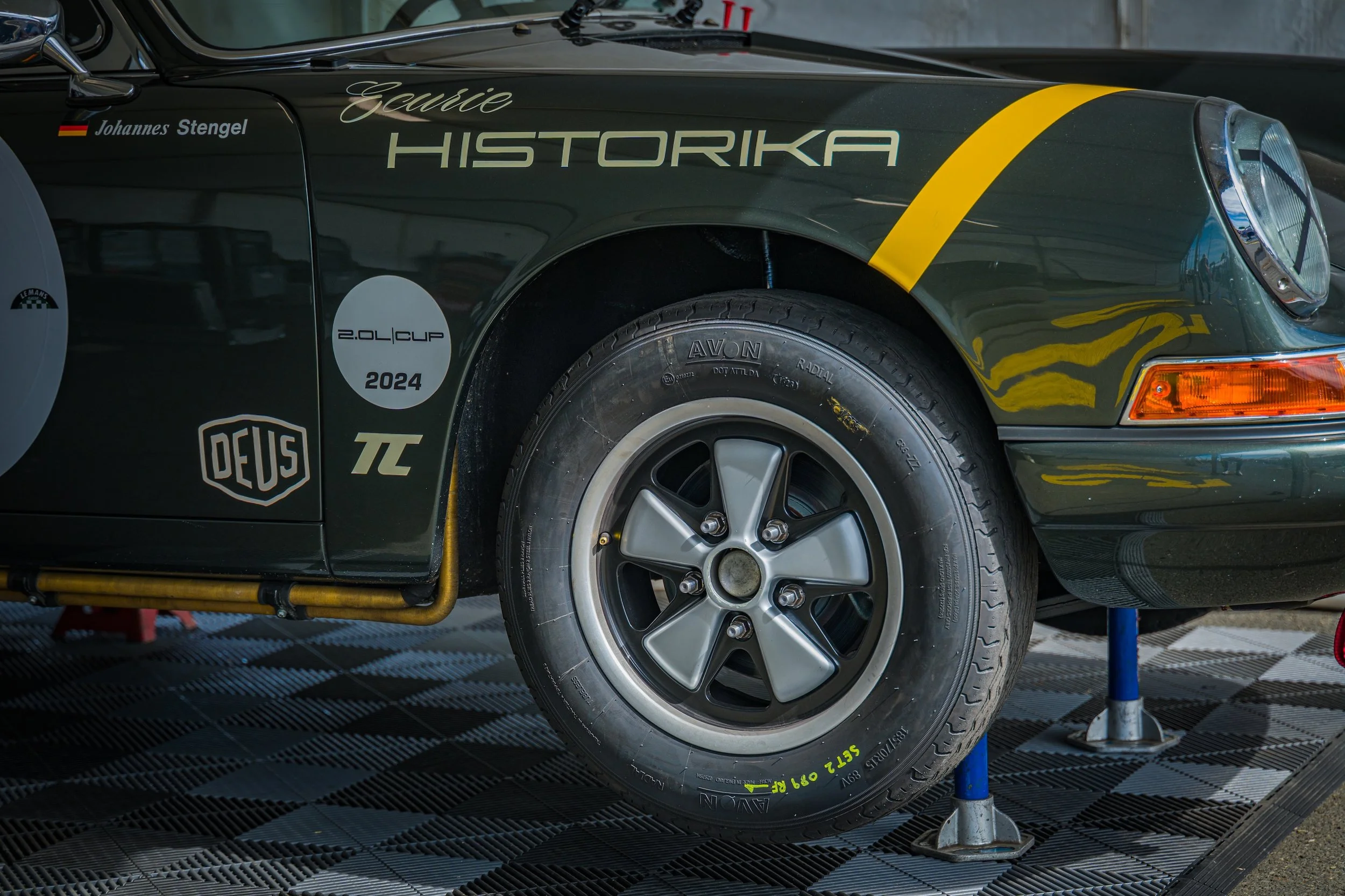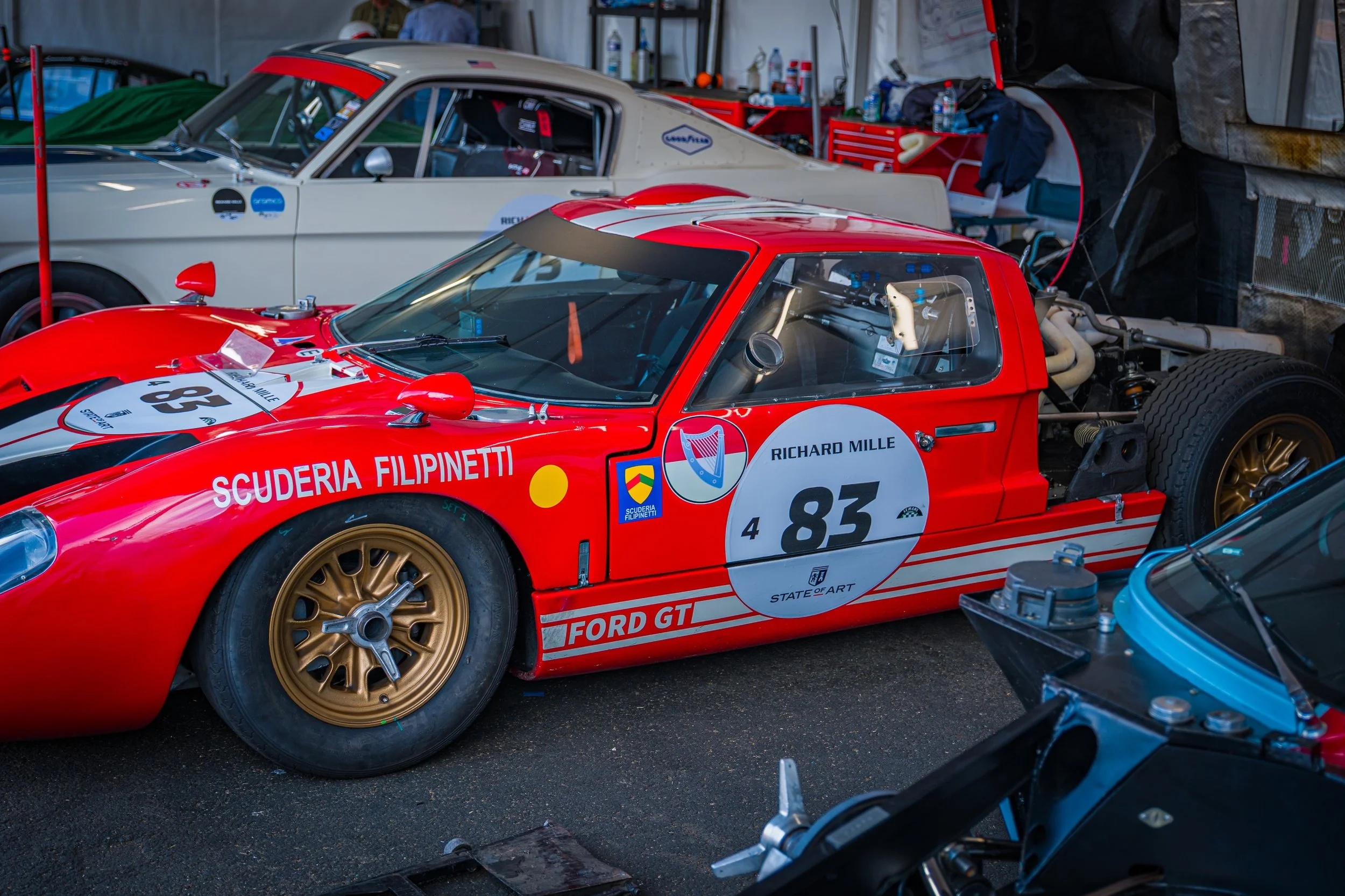The Pit Experience: Grease, Glamour, and Glorious Noise
And there I was, in the middle of it all, camera in hand, trying to remember how to breathe. One of my favourite moments came while photographing a 1965 Ford GT40, the sort of car that turns petrolheads into poets. The driver climbed out, glistening with sweat, and greeted his crew with the kind of brief, masculine nod that says, "Yes, I did just chase a 1959 Aston Martin DBR1 around the Bugatti circuit at speeds that would make my cardiologist weep." The Leica SL3-S performed beautifully, as it always does, rendering every oily detail and carbon stain with such elegance you half expected the photos to smell faintly of tobacco and heroism. I was particularly drawn to the Jaguars, who wore their age with British aplomb—stoic, powerful, and slightly disdainful of anything newer than Margaret Thatcher.




